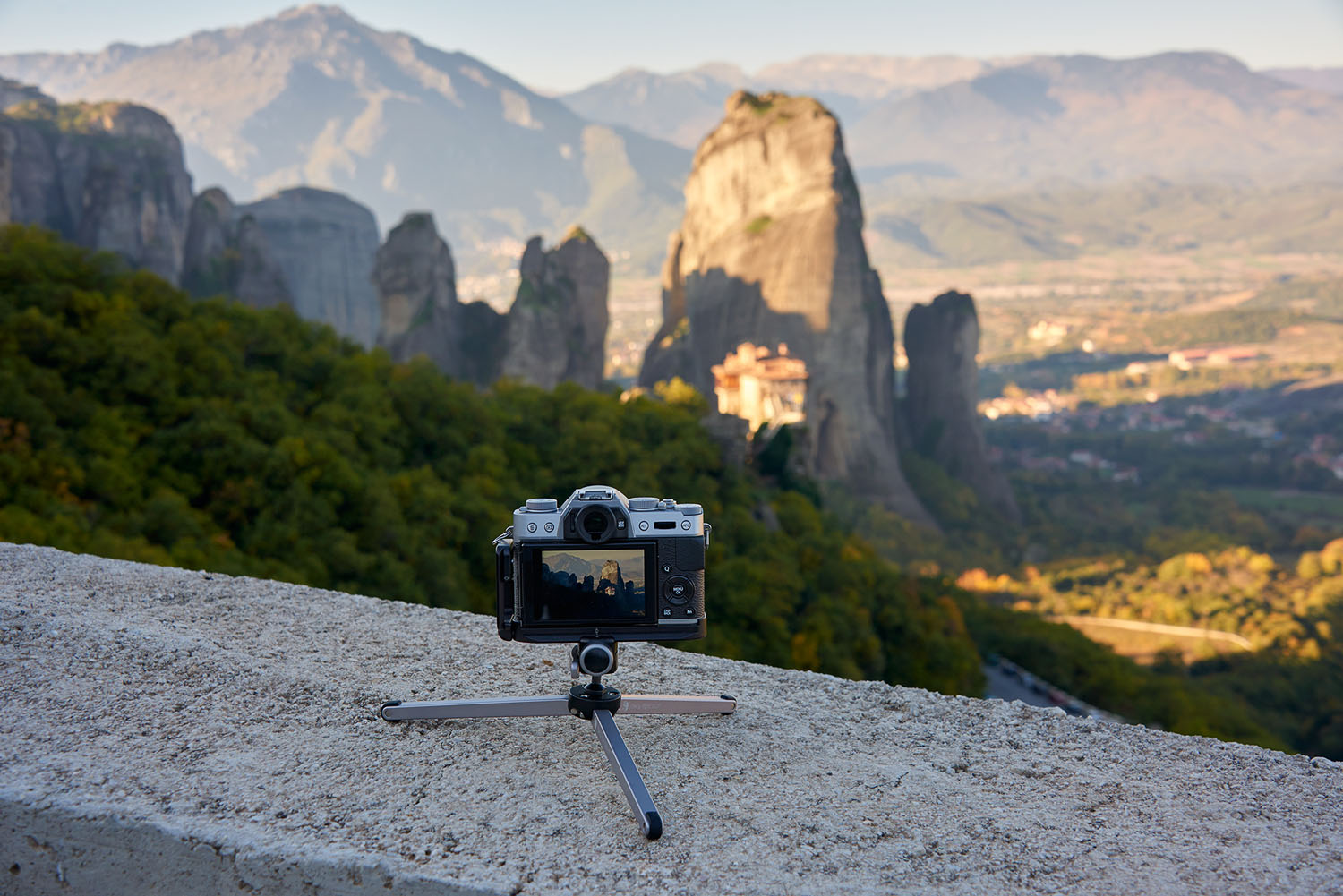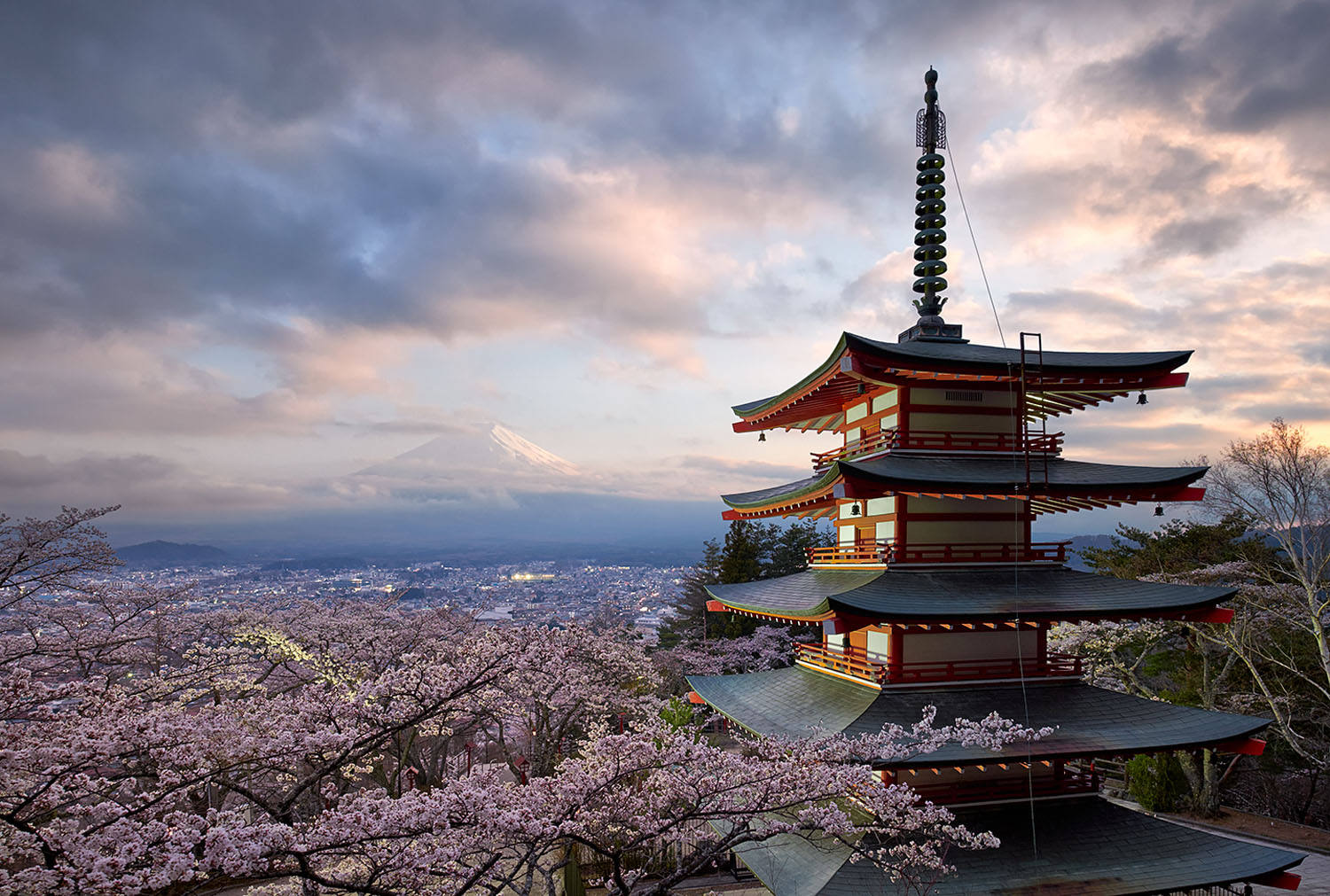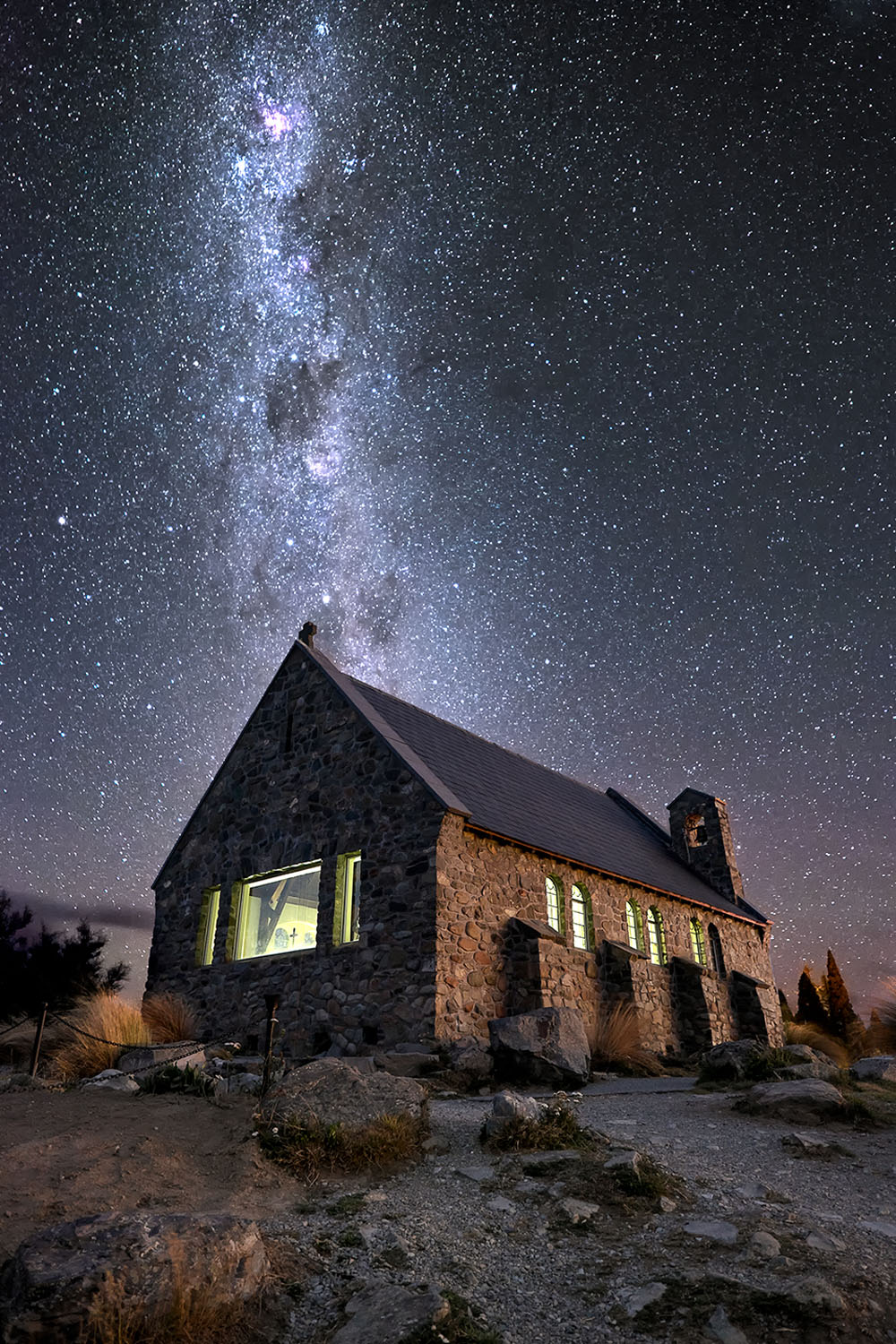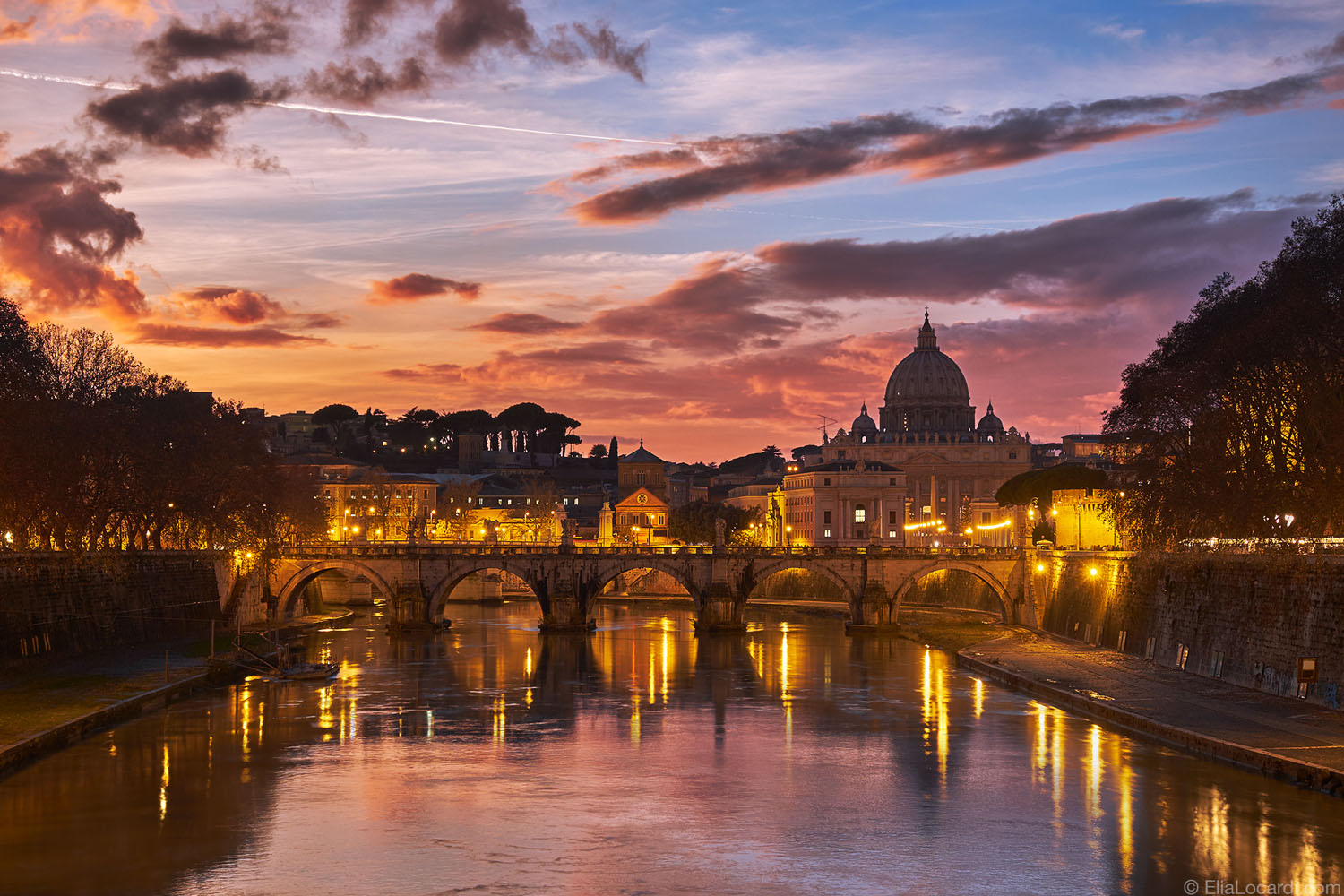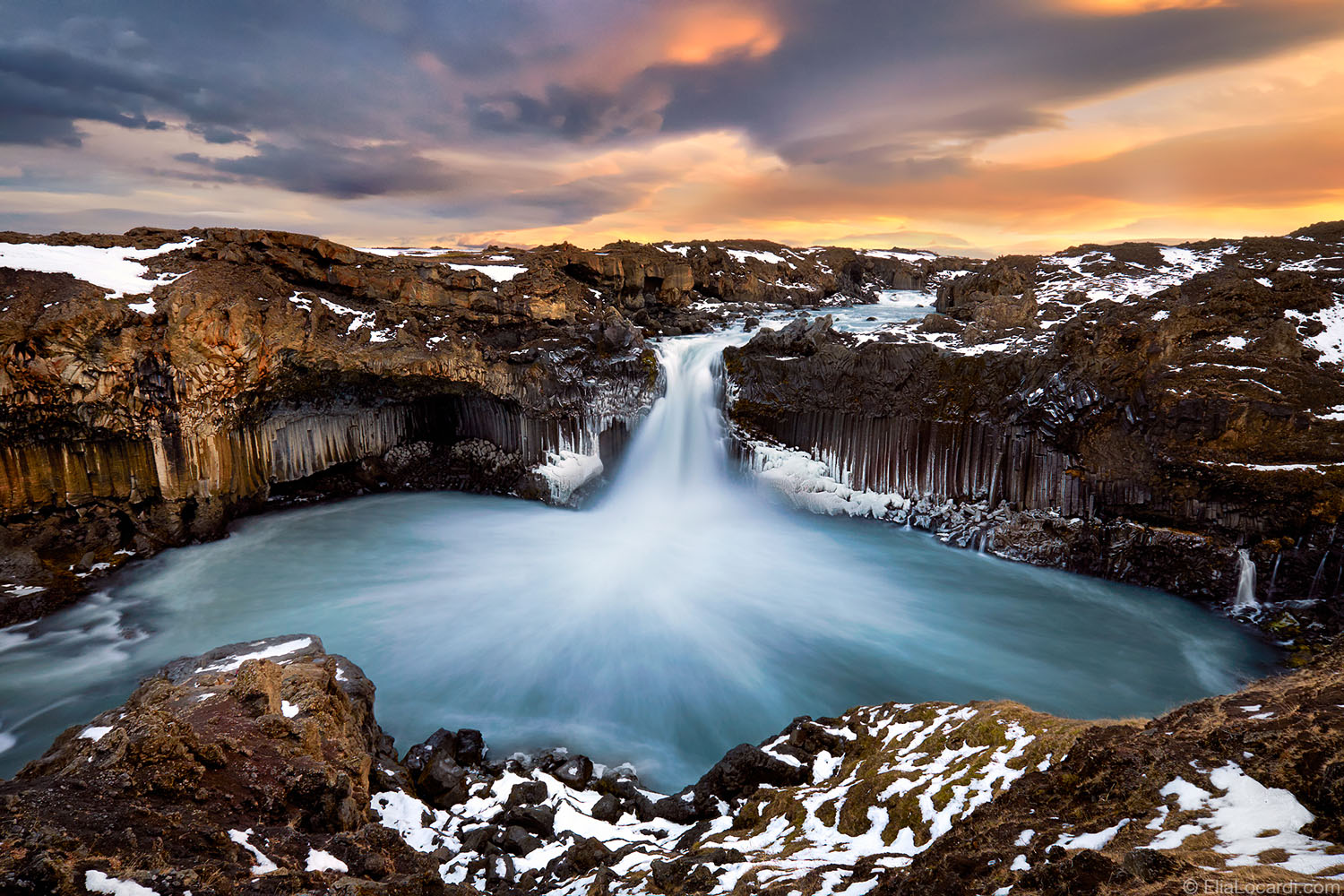
The Evolution of Tools for Mirrorless Cameras
Elia Locardi
Elia Locardi is an internationally acclaimed professional travel photographer, videographer, Fujifilm Global Ambassador, writer, public speaker, and highly skilled educator who spends his life shooting some of the most beautiful locations in the world.
Location independent since March of 2012, he and his wife live a 100% mobile lifestyle, perpetually traveling from country to country, continuously circling the globe. Since he began traveling full-time in 2009, he has visited more than 55 countries, flown over one million miles, and collaborated with major companies, brands, countries, and tourism agencies all over the world.
As featured by Professional Photographer Magazine, CNet Australia,, Wacom USA, and Fstoppers, Elia has built an engaged social media following of nearly 3 million people across Facebook, Google+, Twitter, Instagram, YouTube, and Snapchat. Due to the years of dedication and genuine openness with his audience, he has become one of the most followed photographers in the world.
Using a combination of traditional in-camera techniques, targeted times of day, and advanced post-processing methods, Elia has developed a widely recognized and highly unique style of photography that has become well known around the world. With each photograph, his goal is to share his vision so others can see the world as he does, full of color, texture, beauty, depth and emotion. Many of his photos have been used in some of the most widely circulated publications in the world including National Geographic.
Throughout the journey, he shares the Art of Photography on many different websites including his popular blog, blamethemonkey.com, teaches post-processing workshops worldwide, speaks at major international photography conventions, and is proud to be the founder of Dream Photo Tours.
Revolution vs Evolution
These days, we have many hot topics or ‘buzz words’ in the photography industry and for the past few years, I’ve been reading an increasing amount of articles about the new Mirrorless Revolution.
Personally, I love the way that sounds and while this new Mirrorless technology is certainly revolutionary, it’s not completely accurate. The best way to describe the state of Mirrorless today is to call it an evolution, and that’s not just because of the cameras and lenses.
Truly Compact Mirrorless Cameras
When Fujifilm decided to enter the digital camera market, they decided to use smaller APS-C sensors combined with the pristine optics of their lenses. This combination resulted in a truly compact and powerful camera solution, and with each new product release, Fujifilm continues to evolve as they change the photography industry.
Mirrorless is sweeping the digital camera market and while it’s easy for us to stay focused on these awesome new cameras and lenses, there’s also a huge evolution happening in the camera support systems as well.
Welcome To a World of Light Weight Camera Gear
Here’s the key to it all; when your camera system gets smaller and more compact, it’s not just your bag that gets lighter, it’s also your tripod, your ballhead, and all of the other peripherals and camera support system elements as well. And while that certainly means that overall you can travel lighter, it also means that—if you’re like me—you can pack even more tools into one camera bag. Like bringing along a DJI Phantom for example!
There’s one more key element to why camera support products can now be smaller and lighter. Unlike with a DSLR, having a mirrorless camera also means that there is no mirror shock (or mirror vibration). This means that without any (or very little) disturbance or vibration from the camera shutter, you no longer need a heavy tripod.
Lighter Tripod Without Sacrificing Image Quality
My photography style has a strong emphasis on blending multiple exposures and different moments in time together into a single photograph. Before I switched to mirrorless cameras—back when I was primarily using a DSLR camera—the combination of weight and vibration and necessity of zero motion (or vibration) between shots for post-processing and blending, perpetuated the need for the most stable tripod I could find.
While Fujifilm has been pushing the boundaries of mirrorless camera and lens technology, another company, Really Right Stuff, has been providing new ultra-portable and clever support systems made specifically for use with cameras that have a smaller form factor and lighter design.
Don’t get me wrong, I love my full-size Really Right Stuff TVC-33s, but these days I only need it for certain situations. For 95% of my shooting, I’ve been able to switch to the ultra portable TQC-14. Since it’s lightweight and easy to pack, I’ve also been using the Really Right Stuff portable PG-01 Panoramic Gimbal in many situations.
Ultra Light Tools For Professional Quality Photography
So here’s where things start to get really fun! With all these lightweight tools available, the possibilities for shooting in different environments—even some that may not allow tripods—increases dramatically. The TFA-01 Pocket Tripod works incredibly well for any flat surfaces.
My favorite ultra-compact camera support tool is called the Multi-clamp, and it allows me to shoot in locations where tripods are either not allowed, or there is no possible way to set up a tripod, like on plexiglass walls or railings on rooftops.
The Evolution Will Continue
With the continued evolution of both the cameras and tools, I can’t think of a more exciting time to be a photographer. Fujifilm has progressed the field of digital imaging by leaps and bounds by providing the market with truly compact and high quality mirrorless cameras and tack sharp lense systems. At the same time, many companies like Really Right Stuff continue to shape and evolve the way we support these new cameras and lenses. As things continue to move forward, I only see a brighter (and easier to travel with) future ahead!
A Collection of Images I’ve Captured With These Cameras and Tools
All photos by Elia Locardi




















































